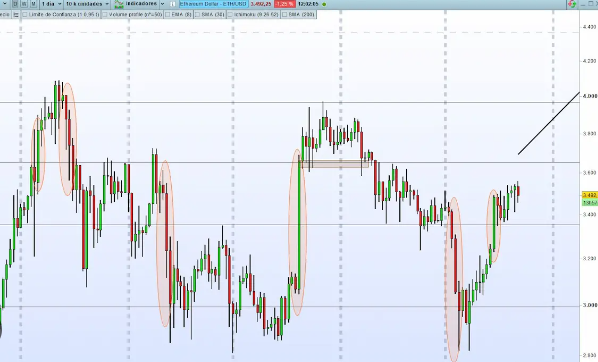The Role of Green Investing in Forex Trading
Green investing, also known as sustainable investing or ethical investing, involves allocating capital to companies, projects, and assets that promote environmental sustainability and social responsibility. While green investing is typically associated with stocks and bonds, it can also play a role in forex trading. Here’s a look at the role of green investing in forex trading:
- Focus on Green Companies: Forex traders who are committed to green investing can choose to trade currencies associated with countries or companies that prioritize sustainability and environmentally friendly practices. For example, a trader may favor currencies of countries with strong renewable energy policies or currencies of companies that embrace clean technology and carbon reduction initiatives. This approach aligns forex trading with the values and goals of green investing.
- Economic Impact Assessment: Green investing involves assessing the environmental impact of companies and their activities. Similarly, forex traders can consider the environmental and social impact of the countries they trade currencies from. This assessment may involve evaluating a country’s commitment to reducing greenhouse gas emissions, promoting renewable energy, or implementing sustainable development practices. By factoring in these considerations, traders can support sustainable practices and contribute to environmental and social responsibility.
- Risk Management: Green investing also recognizes the financial risks associated with unsustainable practices. Similarly, forex traders can incorporate environmental and social risk assessment into their trading strategies. For instance, they may consider the potential impact of climate change on a country’s economy, such as the vulnerability of agriculture or tourism sectors to extreme weather events. Integrating these risk factors into their decision-making processes can help traders better manage their portfolio and potentially avoid risky investments.
- Market Demand and Opportunities: Green investing is driven by increasing market demand for sustainable products and services. Forex traders can leverage this trend by identifying potential opportunities in currencies influenced by the growth of green industries and technologies. For instance, currencies associated with clean energy sectors, such as solar or wind power, may present opportunities for traders to capitalize on the expanding market and innovation within those sectors.
- Impact Investing and ESG Criteria: Environmental, Social, and Governance (ESG) criteria are increasingly being used to evaluate investment opportunities. Likewise, forex traders can consider the ESG performance of countries and companies when making trading decisions. ESG factors can include a range of metrics, such as carbon emissions, labor practices, and board diversity. By incorporating ESG criteria into forex trading strategies, traders can align their investments with sustainable values and potentially contribute to positive change.
It’s important to note that incorporating green investing principles into forex trading requires research, analysis, and a deep understanding of the impact of sustainability factors on market dynamics. Additionally, due diligence is crucial to ensure the accurate assessment of a country’s or company’s commitment to sustainable practices.














7 comments